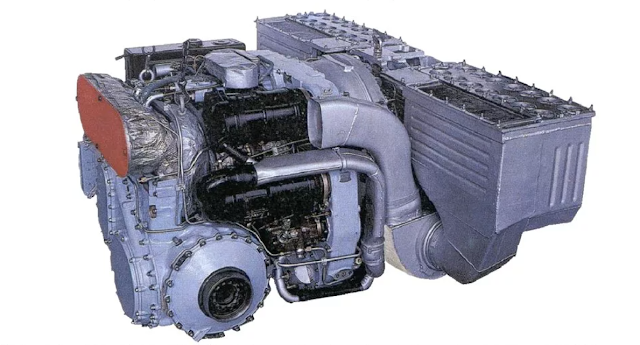BTR-80 made for Spetsnaz
The greatest danger to an APC is the defeat of compartments where the crew sits and the loss of power diverted from the engine. As a result, the vehicle becomes a stationary target and is a 'grave' for the crew inside. Equally, important is the preservation of combat power, providing the APC with the firepower that in return affects its total combat potential. Damage to the undercarriage posed less danger to the vehicle due to its 8 wheel chassis and ability to retain mobility with blown-out wheels.
The 8mm-10mm thick side armour of the BTR-80 could not hold direct hits from RPGs or close-by mine explosions. During the final large combat interactions in Chechnya in May of 1996, The Russian forces lost a large number of vehicles including BTRs that were mainly destroyed by RPGs.
The 8mm-10mm thick side armour of the BTR-80 could not hold direct hits from RPGs or close-by mine explosions. During the final large combat interactions in Chechnya in May of 1996, The Russian forces lost a large number of vehicles including BTRs that were mainly destroyed by RPGs.
This problem was approached with a 'head-on' solution, by attaching additional armour plates, steel screens or spaced armour, as was done by the Estonian Army before the collapse of the Soviet Union. This upgrade was very impractical, the vehicle has many weak zones that should have been covered, while utilizing armour plates with a minimal thickness of several millimetres, the weight of the vehicle would increase by 2.5-3 tons. Drastically reducing off-road capabilities, manoeuvrability and speed, which in result to would affect the vehicle's chance of survival.
After noticing this flaw, it was decided to scrap the idea of mounting armour plates. Instead, it was decided to look into the idea of using ERA (Explosive Reactive Armour), which was already being mounted on several tank variants. Battalion Commander, Lieutenant Colonel Leonid Melnikov, who dealt with 'Dushman' (Soviet Army term for Afghan mujahideen) with RPGs in Afghanistan, approved the idea of mounting ERA on a BTR-80, however, setting a condition: "Do not break the machine!".
The ERA bricks and their mounting brackets were obtained from an old decommissioned T-72. Mounting brackets were welded onto the hull of the BRT.
The layout consisted of 34 containers and the placement was oriented around protecting internal modules and crew. Primarily covering the commander, driver and gunner operator in the turret. The majority of the containers were mounted with a significant amount of space from the main armour to prevent the armour from being damaged when the containers detonate and are also spaced out as to not block the portholes.
Another 8 containers are mounted on the turret, 4 on each side and are spaced out to not block the 14.5mm KPVT.
The layout consisted of 34 containers and the placement was oriented around protecting internal modules and crew. Primarily covering the commander, driver and gunner operator in the turret. The majority of the containers were mounted with a significant amount of space from the main armour to prevent the armour from being damaged when the containers detonate and are also spaced out as to not block the portholes.
Another 8 containers are mounted on the turret, 4 on each side and are spaced out to not block the 14.5mm KPVT.
The vehicle's hull was halfway protected with 10mm rubber screens taken from the same decommission T-72. These screens were mounted over the upper wheel arches; 1st and 2nd, 3rd and 4th wheel pairs, while the troop door in the centre of the hull was kept unprotected and easily accessible.
This BTR variant attracted the attention of tank specialists. According to their advice, for additional protection, rather than using thin side armour during an explosive 'splash', a shielding layer of aluminium honeycombs should be utilized, which would crumple and absorb the energy of the shockwave.
The modified BTR-80 retained its driving and manoeuvrability characteristics, confirming the effectiveness of the altered protection package in different testing exercises. Another improvement was on the crew. A 'psychological effect' took place due to the increased protection making the crew perform better.
Taken from: Tankomaster No.4 1997
----------------------------------------------------------------------------------------------------------------------------
----------------------------------------------------------------------------------------------------------------------------







Comments
Post a Comment